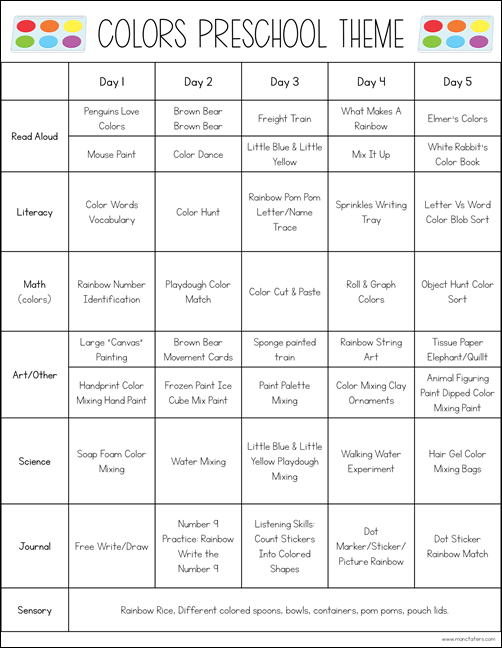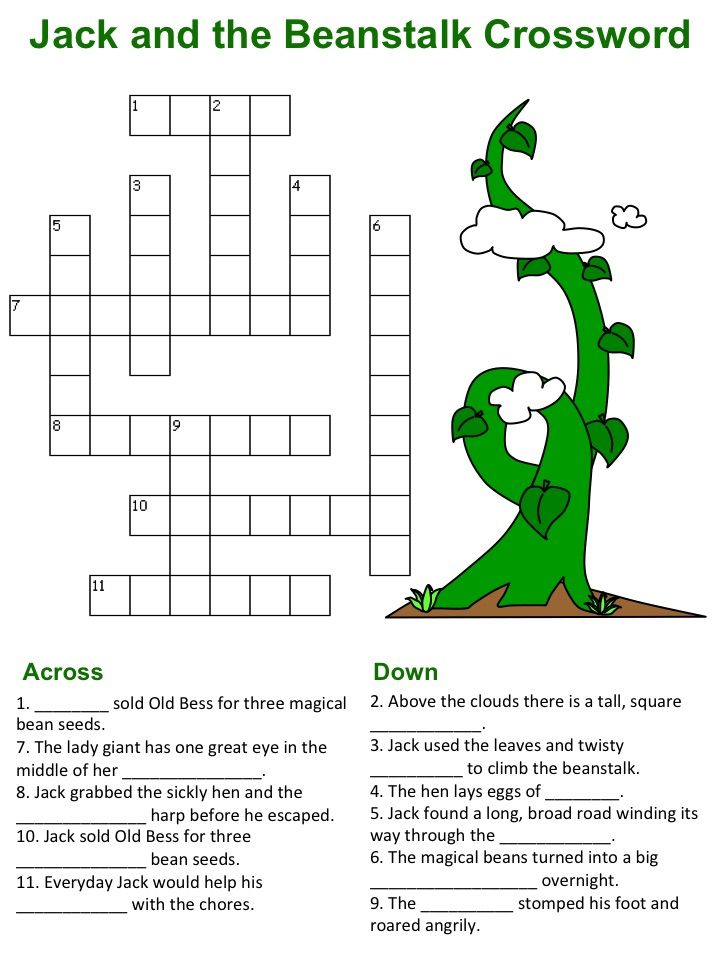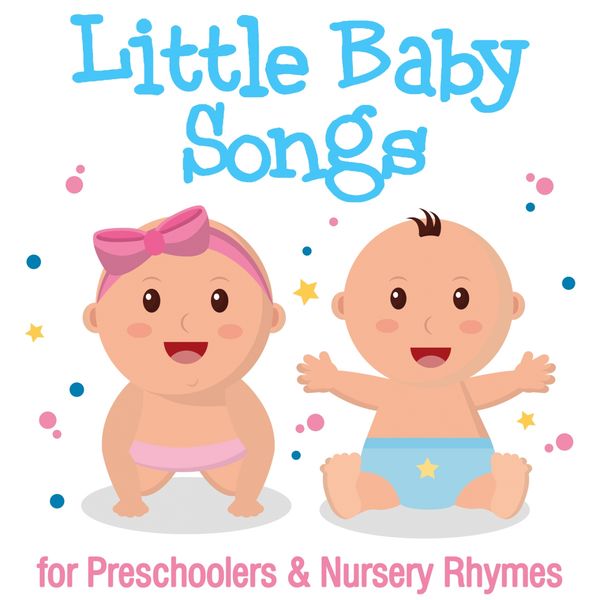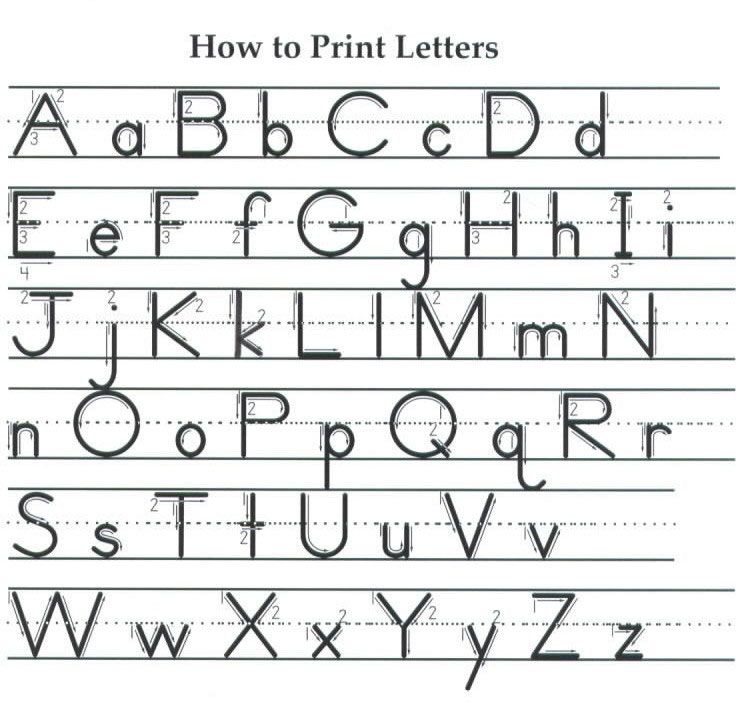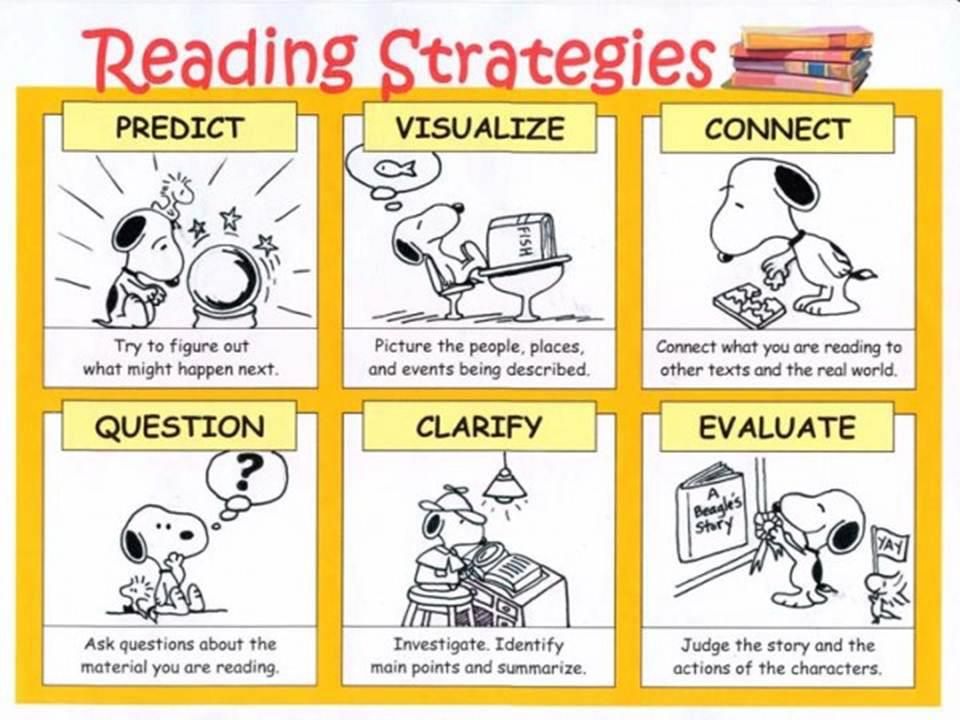Vowel sounds examples words
Long Vowel Sounds: Word Lists & Activities
Phonics | Spelling
ByDelilah Orpi
This post may contain affiliate links, and I will earn a commission if you purchase through these links. Please read the disclosure policy for more details.
Sharing is caring!
12738 shares
- Share
- Tweet
In this post, I’m breaking down long vowel sounds (or long vowel words) to help you teach them when working with struggling readers and spellers.
Looking for long vowel word lists? Download all 5 of my pdf long vowel sounds word lists in my freebies library by joining my email list below.
What is a long vowel sound?
Long vowel sounds are vowels that are pronounced the same as their name. You’ll often hear teachers say that long vowels “say their name”.
Long vowels are very common but they can be tricky because there are so many spellings for each long vowel sound.
There are actually 4 ways to make long vowel sounds:
- Vowels at the end of a syllable make the long sound. For example, in the words me and halo (ha-lo) the vowels are all at the end of a syllable so they make the long sound.
- Silent e makes the previous vowel long. The words bike and phone have a silent e at the end that makes the previous vowel long.
- Vowel teams can make the long sound. Vowel teams work together to make one sound, and usually, it’s a long vowel sound. For example, boat and meat both have vowel teams that make the long sound.
- I or O can be long when they come before two consonants. In words like cold and mind, i and o make a long vowel sound.
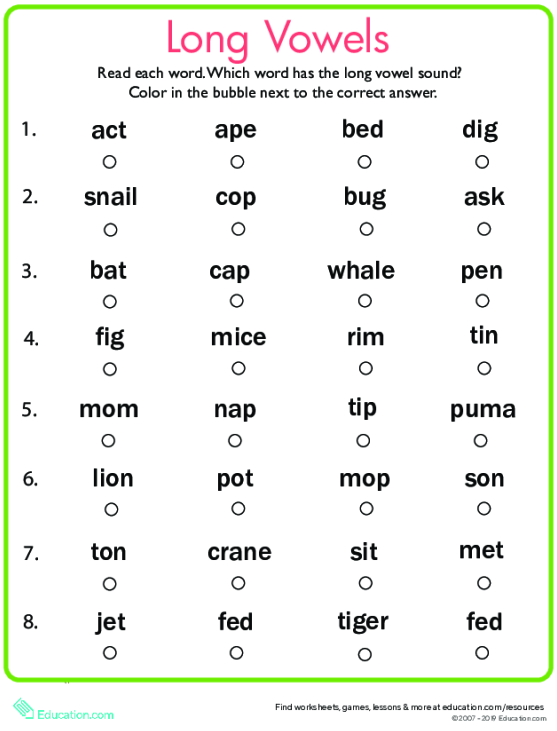
Long Vowel Words
Long vowel sound words are words that have vowels that say their name. Below are a few examples:
- Long a – baby, cake, rain, day, they, weigh
- Long e – me, eve, hear, meet, piece, candy
- Long i – silent, bike, light, my
- Long o – go, home, toe, boat, snow
- Long u – music, mule, pew, feud
Long A Sound
The long a sound can be represented by 8 different spelling patterns:
- a – baby
- a_e – cake
- ai – rain
- ay – play
- ei – reindeer
- eigh – weight
- ea – steak
- ey – they
Learn more about teaching the long a sound here, and check out my Long A Words Activities & Worksheets for printable activities.
Long E Sound
The long e sound can be represented by 8 different spelling patterns:
- e – be
- e_e – eve
- ee – meet
- ea – beach
- ei – protein
- ie – piece
- ey – key
- y – candy
For ideas, tips, and tricks when teaching the long e sound, read this post all about teaching the long e vowel sound, and check out my
Long E Words Activities & Worksheets for printable activities.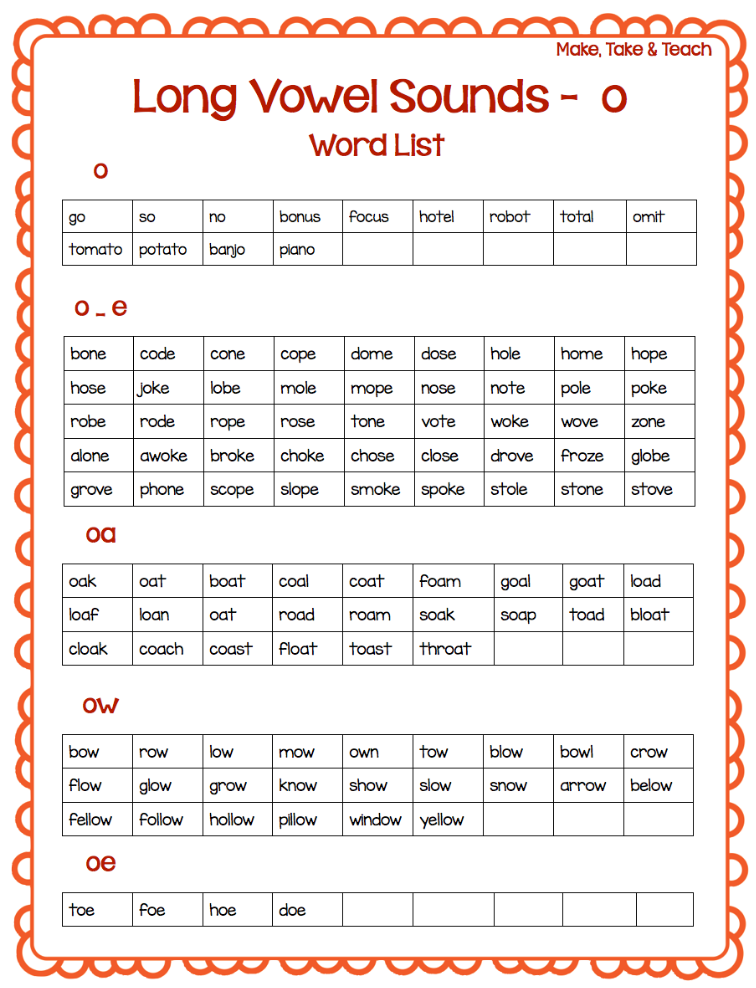
Long I Sound
The long i sound can be represented by 6 different spelling patterns:
- i – silent
- i_e – shine
- ie – pie
- igh – light
- y – my
- y_e – type
You can learn more about teaching the long I sound in this post. And check out my Long I Worksheets set in my shop for printable activities on the long i sound.
Long O Sound
The long o sound can be represented by 5 different spelling patterns:
- o – go
- o_e – phone
- oe – toe
- oa – boat
- ow – snow
You can learn more about teaching long o words and check out my long o worksheets.
Long U Sound
The long u has two sounds: yoo (/y/ /oo/) and oo (/oo/).
The long u sound can be represented by 7 different spelling patterns:
- u – music
- u_e – mule
- ue – rescue
- eu – feud
- ew – few
- oo – food
- ou – soup
Learn more about teaching the long u sound here.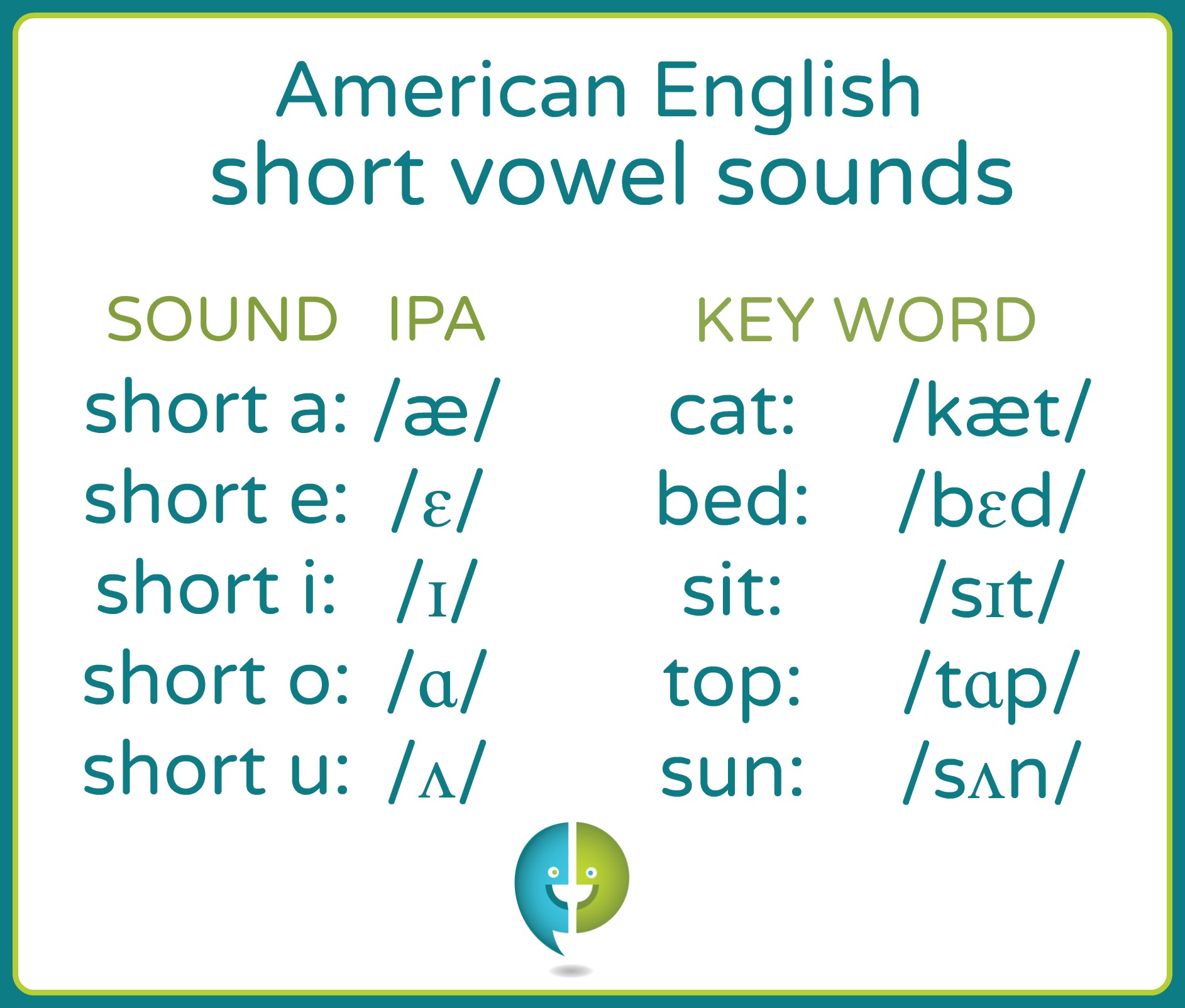
Tips for teaching the long vowel sounds
Teach one spelling pattern at a time!
I don’t mean one vowel sound, but just one spelling pattern. So for example, if you’re working on long a, you would work on the spelling pattern a silent e (cake, same, cave) until students have mastered it, then move on to ai, and so on. You should not be teaching multiple spelling patterns together, even though they make the same sound.
I know that most programs out there combine all the long vowel sound spelling patterns into one lesson, especially in spelling lists, but this does not work for struggling readers. You need to break it down for them and only do one at a time.
Teach the syllable types.
Because syllables have a lot to do with whether vowels make the short or long sound, if students do not already know the 6 syllable types then teach them along with the long vowel sound.
Here are resources for each syllable type:
- closed syllable
- open syllable
- final silent e syllable
- vowel team syllable
- r combination syllable
- consonant le syllable
Use a variety of activities to practice each spelling pattern.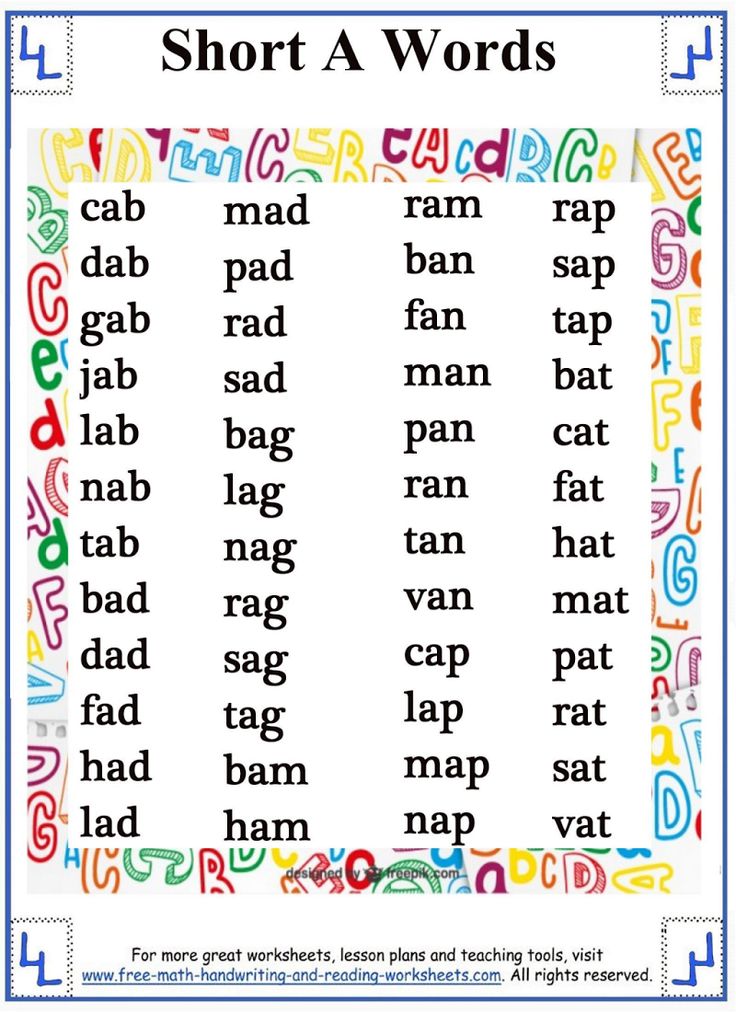
Games, dictation, word sorts, memory or matching with flashcards, word hunts, textured writing, body spelling, and bingo are all fun ways to practice the long vowel sounds.
The main activity that is often overlooked is dictation. It seems so simple but the task involves listening to a word, deciding on the spelling, and transferring that info to written form. These are all skills that struggling readers need to practice.
Teach the spelling generalizations.
Some of the long vowel spelling patterns are spelling rules that make it easy to remember.
For example, ai is usually found at the beginning or middle of a syllable, and ay is usually found at the end of a syllable. [Examples: rain, aim, play, daytime]
Here is another example with long o: oa is usually found at the beginning or middle of a word, and ow is usually found at the end. [Examples: boat, coach, snow]
Long Vowel Word List
I made these word lists to help teach the long vowels. I find it handy to have these on hand when playing phonics games or planning activities for long vowel lessons.
I find it handy to have these on hand when playing phonics games or planning activities for long vowel lessons.
Grab them for free below!
Visit my Teachers Pay Teachers shop to see all my literacy products.Want to remember this? Save Long Vowel Sounds: Word Lists & Activities to your favorite Pinterest board!
Sharing is caring!
12738 shares
- Share
- Tweet
Delilah Orpi
Delilah Orpi is the founder of Thrive Literacy Corner. She has a Bachelor's degree in Special Education, a Master's degree in TESOL, and is a member of the International Dyslexia Association. She is an experienced educator and literacy specialist trained in Orton Gillingham and Lindamood Bell. Delilah creates literacy resources for educators and parents and writes to create awareness about dyslexia and effective literacy instruction based on the science of reading.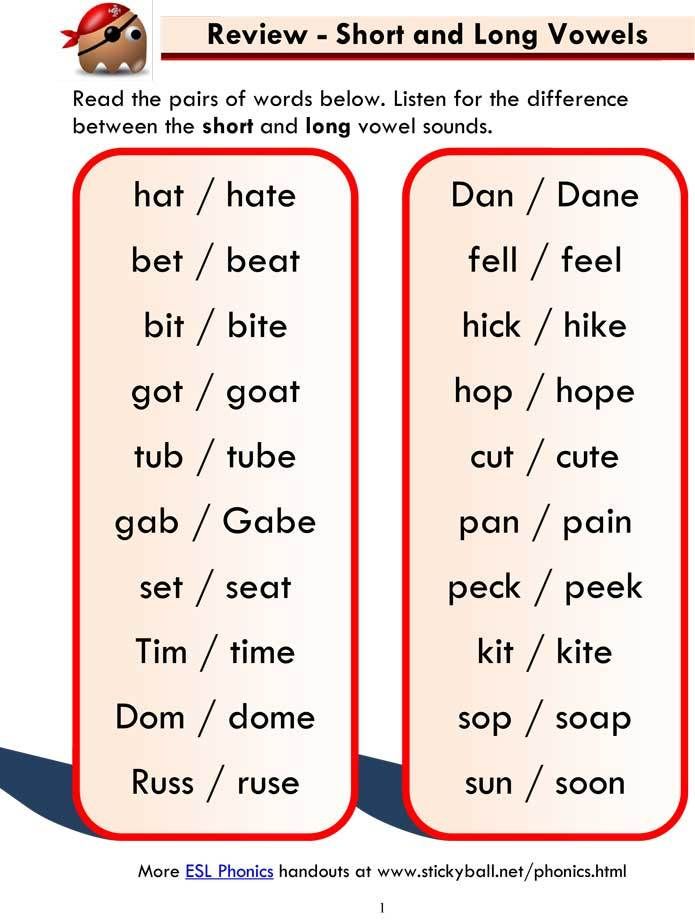
Similar Posts
Phonics
How To Teach Silent E Words – The Vowel-Consonant-E Syllable
ByDelilah Orpi
Next up in my syllables series is the vowel-consonant-e syllable, also known as CVCe, Magic E, Silent E, Sneaky E, Bossy E, and a few other fun names. In this post, I’ll explain what the vowel-consonant-e syllable is and how to teach it using multisensory methods so your students can read silent e words. If…
Read More How To Teach Silent E Words – The Vowel-Consonant-E SyllableContinue
Phonics
Elkonin Boxes For Reading Intervention
ByDelilah Orpi
After years of working with dyslexic kids, I have several reading strategies for struggling readers that I always turn to because of their success.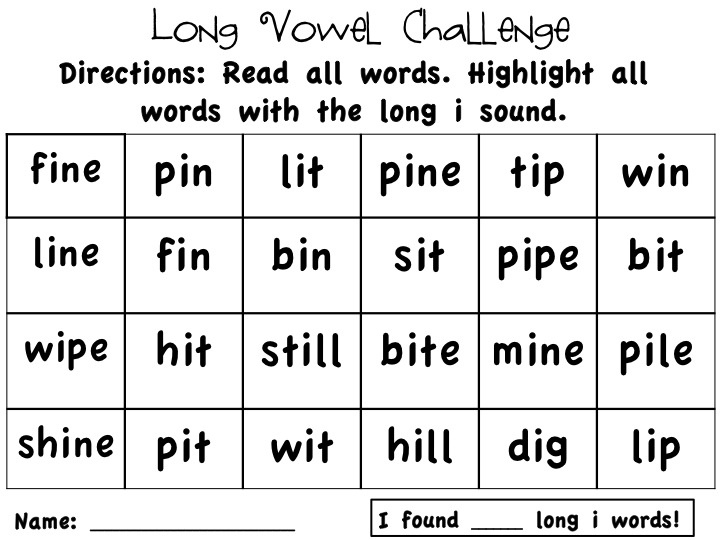 The best strategies are all multi-sensory because those are the most effective for all struggling readers, especially those with dyslexia. Elkonin boxes are an effective multisensory strategy that builds and strengthens…
The best strategies are all multi-sensory because those are the most effective for all struggling readers, especially those with dyslexia. Elkonin boxes are an effective multisensory strategy that builds and strengthens…
Read More Elkonin Boxes For Reading InterventionContinue
Phonics
How To Teach The Long A Sound
ByDelilah Orpi
Long a is another tricky sound to teach because it has many different ways to spell it. This one only has two spelling generalizations so many will depend on memory and practice. I’m going to break down each of the eight ways to spell the long a sound to help you understand and teach long…
Read More How To Teach The Long A SoundContinue
Vowel sounds — English Language Club
Share This Post
When we think about the alphabet we think of 5 vowels A, E, I, O, U.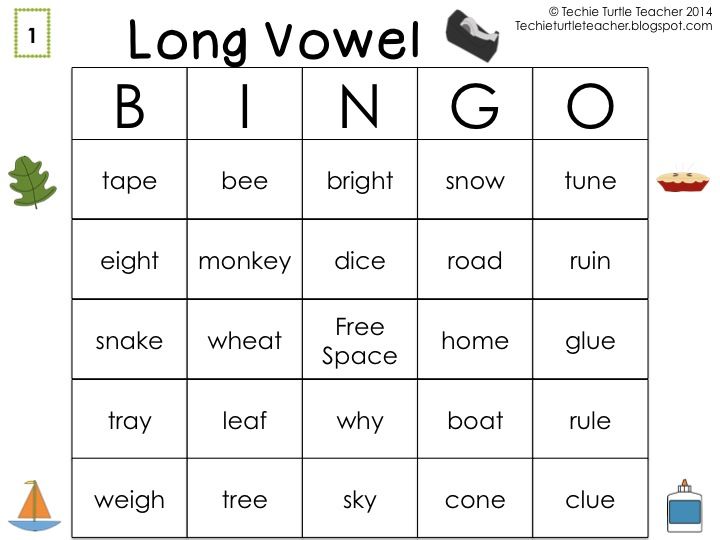 However, when it comes to pronunciation, there are many vowel sounds. In this video we will look at the vowel sounds from the International Alphabet.
However, when it comes to pronunciation, there are many vowel sounds. In this video we will look at the vowel sounds from the International Alphabet.
Vowel Sounds
When we think about the alphabet we normally think of there being 5 vowels A, E, I, O, U. However, when it comes to pronunciation, there are many vowel sounds and these sounds can be spelt in different ways which can be a little inconsistent. This makes things difficult when learning English especially as in many other languages the vowels are pronounced more consistently with how they they are spelled. There are 12 sounds that we will be looking at in this video and they are the single vowels or monophthongs. The place of each symbol on the chart tells us something about how it is produced.
Remember!
Pronunciation is physical and as we go through these sounds you need to think about these three questions; Is your mouth open, closed or in the middle? What is the position of your tongue? What shape are your lips?
Examples of Vowel Sounds
For the vowel sounds on the top row the mouth is almost closed
- /i:/, /ɪ/, /ʊ/ and /u:/
For the vowel sounds on the bottom row the mouth is almost wide open.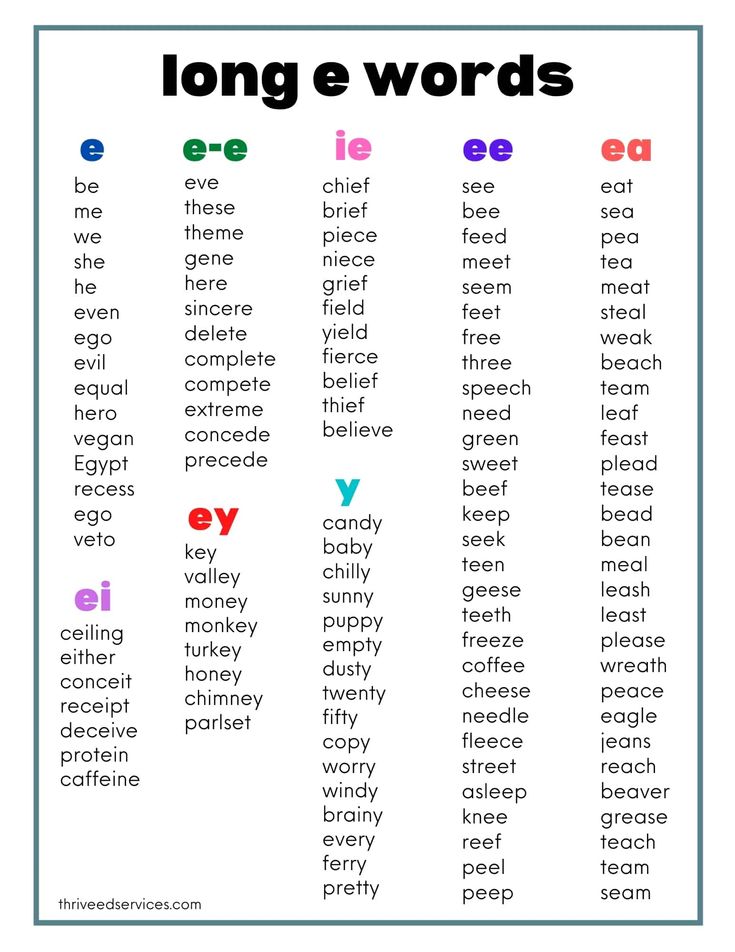
- /æ/, /ʌ/, /ɑ:/ and /ɒ/
For the sounds on the left, our tongue is near the front teeth.
- /i:/, /e/ and /æ/
When we get to the right, it has moved back a little bit.
- /u:/, /ɔ:/ and /ɒ/
Lets look at some examples words for each vowel sound.
- /i:/, as in “me”, “these”, “need” and “be”.
- /ɪ/ as in “with”, “this”, “if” and “think”.
- /ʊ/ as in “put”, “would”, “look”, and “woman”.
- /u:/ as in “to”, “you”, “new” and “who”.
Do you see how the position on the chart relates to where the sound comes from?
On the second row the mouth is open a little more. Again the tongue should move back a little as we go through them from left to right.
- /e/ as in “get”, “when”, “well” and “very”.
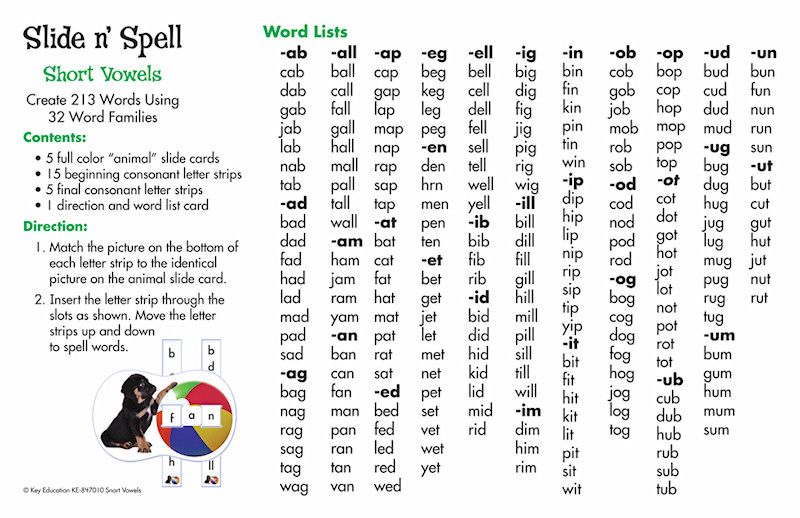
- /ə/ as in “the”, “about”, “could” and “us”.
- /ɜ:/ as in “her”, “work”, “learn”, and “word”.
- /ɔ:/ as in “or”, “also”, “more”, and “call”.
Now lets look at the bottom row where our mouth should be almost wide open.
- /æ/ as in “have”, “that”, “as”, and “can”.
- /ʌ/ as in “but”, “up”, “one”, and “much”.
- /ɑ:/ as in “start”, “ask”, “large” and “after”.
- /ɒ/ as in “of”, “on”, “from” and “not”.
So that is all the single vowels. Obviously there are a lot more examples but the examples in this video are some of the most common words. The important thing to remember is that pronunciation is physical.
Well thanks for reading. I hope you found it useful.
Improve your pronunciation
subscribe to our newsletter for pronunciation tips
PrevPreviousDiphthongs: How to pronounce the Diphthong Sounds
NextPresent Continuous for HabitsNext
More To Explore
Pronunciation
ng sound: How to pronounce the ŋ sound (/ŋ/ Phoneme)
This lesson is about the ng sound, (/ŋ/ Phoneme), as in the words: think thing walking It is a sound from the Single Consonants group.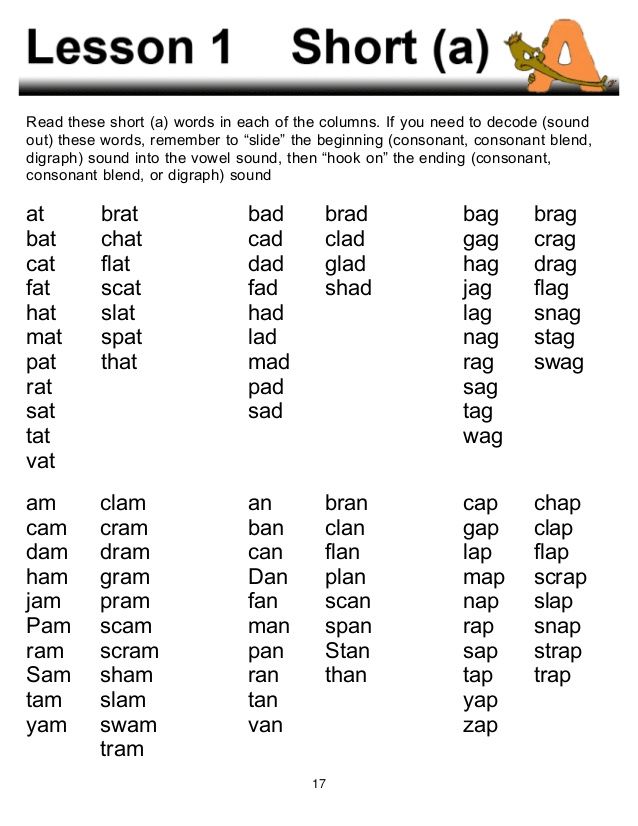 How
How
Colin Munro September 9, 2021
Pronunciation
i: Sound: How to pronounce the i: sound (/i:/ Phoneme)
The i: sound is a Vowel sound called the ‘Close Front Unrounded Vowel’. So your tongue is high and at the front of your mouth.
Colin Munro September 9, 2021
Do You Want To Improve Your Pronunciation?
Get our free phonetics app
Download
Vowels and vowel sounds of the Russian language - scheme, table
Contents:
• Vowels and sounds
• Stressed and unstressed
• Iotated
In Russian there are 10 vowels, 6 vowels. Vowels: a, and, e, e, o, u, s, e, u, i. Vowel sounds: [a], [o], [y], [e], [i], [s]. In the school curriculum, vowel sounds are indicated in the diagrams in red. In elementary grades, they explain: vowels are called so because they “voice”, they are pronounced “voiced”, while consonants got such a name because they “agree” with vowels. nine0006 Scheme 1.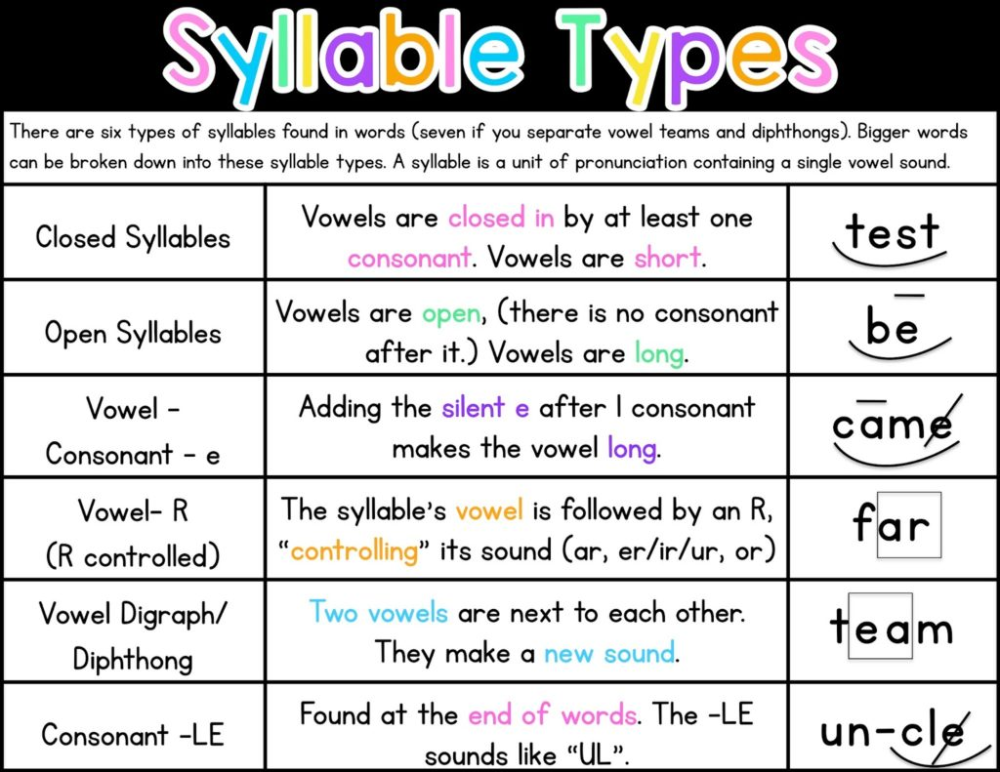 Vowels and vowel sounds of the Russian language.
Vowels and vowel sounds of the Russian language.
Stressed and unstressed vowels
Vowel sounds are:
- stressed: juice [o] - ice ['o], forest ['e] - mayor [e], drill [u] - hatch ['u],
- unstressed: in o yes [a], from y dak [y], l e juice [i].
It is correct to say "stressed syllable" and "unstressed syllable". Instead of "stress falls on a vowel" say "stress falls on a syllable with a vowel." However, in the literature there are formulations "stressed vowel" and "unstressed vowel". nine0006
Stressed vowels are in a strong position, they are pronounced with more force and intonation. Unstressed vowels are in a weak position, they are pronounced with less force and may be subject to change.
The designation of the letter e in a weak position differs in different school programs. Above we showed the sound [and], in other school programs the designation [e] is found, in the institute program - [e and ] (e with an overtone and).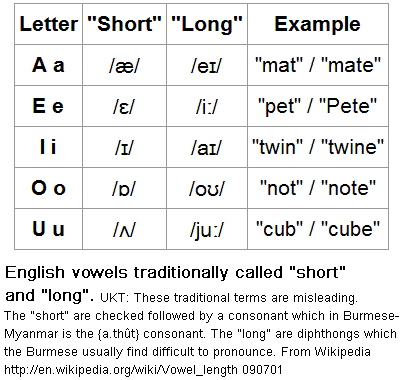
Iotated vowels
The letters i, u, e, ё are called iotated and mean two sounds in the following positions of the word:
- at the beginning of the word: tree [y'olka], Yana [y'ana], raccoon [y'inot];
- after a vowel: hare [zay'its], button accordion [bay'an];
- after ь or ъ: streams [ruch'y'i], rise [fall'om].
For ё and stressed vowels i, yu, e, a replacement is made: i → [y’a], yu → [y’u], e → [y’e], yo → [y’o].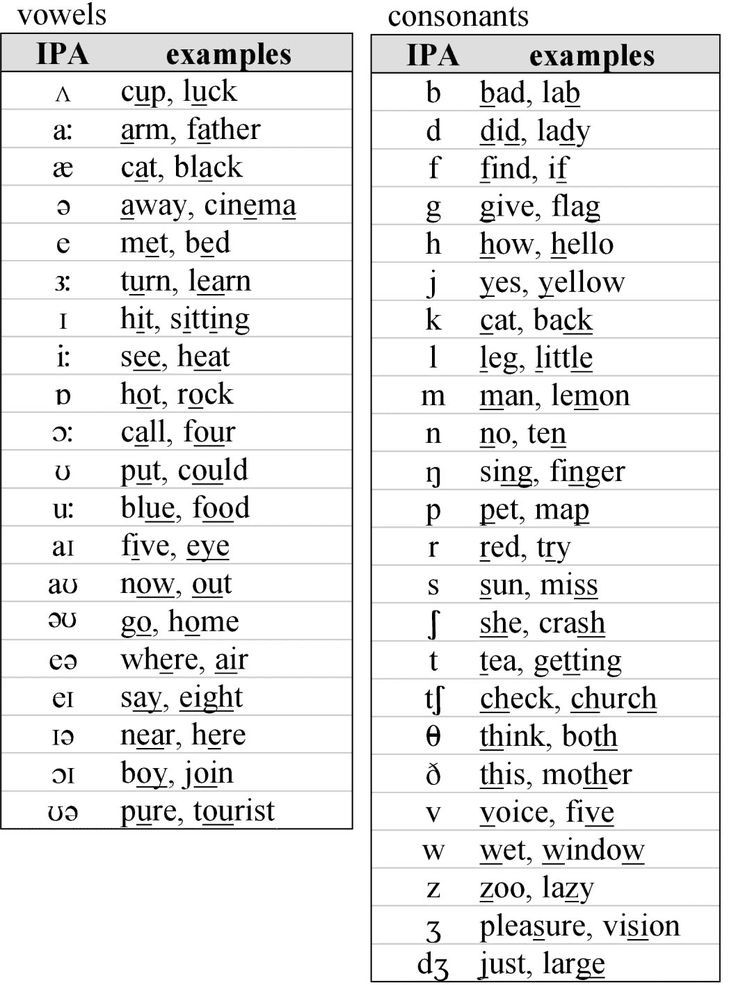 For unstressed vowels, a replacement is used: i → [y'i], e → [y'i]. In some school programs, when compiling a transcription of a word and during phonetic analysis, they write Latin j instead of th. nine0006 Scheme 3. Rules for iotated vowels.
For unstressed vowels, a replacement is used: i → [y'i], e → [y'i]. In some school programs, when compiling a transcription of a word and during phonetic analysis, they write Latin j instead of th. nine0006 Scheme 3. Rules for iotated vowels.
In other cases, i, u, e, ё mean the softness of the consonant sound in front of them, and create one sound: i → [a], yu → [y], e → [e] or [i], ё → [ about].
To be able to do phonetic analysis, in addition to vowels, you need to know consonants and the rules of phonetics.
Words with the letter ё must be written through ё. Phonetic parsing of the words "everything" and "everything" will be different!
Vowel sounds and letters. How many are there in Russian? nine0001
We will teach you how to write without mistakes and tell stories in an interesting way
Start learning
The correct pronunciation of words is one of the components of beautiful and literate speech.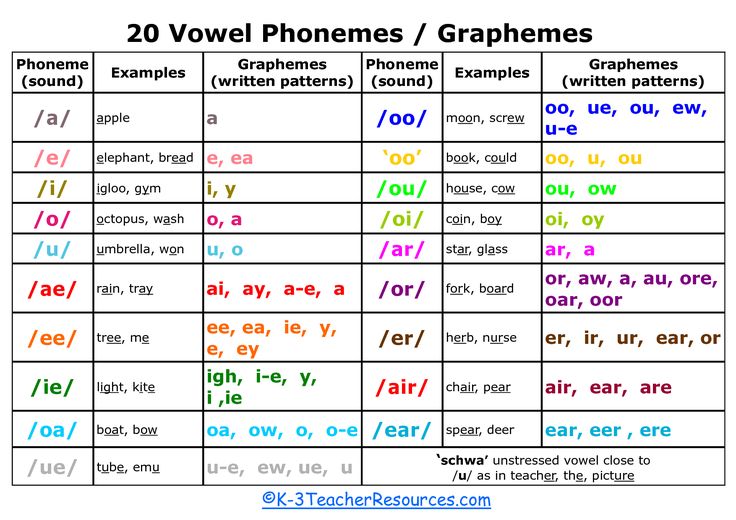 To achieve this, you will first have to study the sounds themselves. In this article, we will figure out together what vowel sounds are, how many vowels are in the alphabet of the Russian language, and what sounds they can represent.
To achieve this, you will first have to study the sounds themselves. In this article, we will figure out together what vowel sounds are, how many vowels are in the alphabet of the Russian language, and what sounds they can represent.
What are vowels and sounds
Vowel sounds are those sounds that we freely convey with our voice. This is where their name comes from:0069 voice means "voice". When pronouncing, air exits through the mouth and does not create noise, and the position of the tongue and lips determines which vowel sound we will pronounce.
There are much fewer vowels in Russian than consonants. There are 6 of them in total: [a], [o], [i], [s], [y] and [e]. To understand whether a vowel sound is in front of you or not, try to sing it. For example:
-
a-a-a ,
-
woo
-
s-s-s .
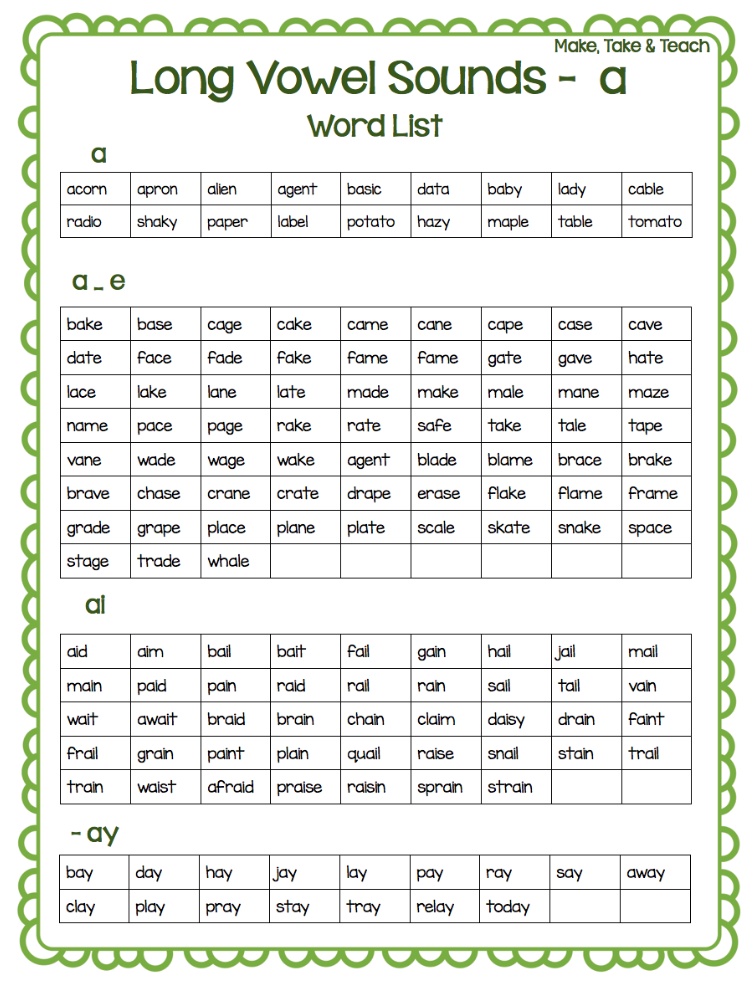
If it works, then the sound is a vowel. You can't do that with consonants.
There are more vowels than sounds - there are 10 of them: a, i, u, u, o, e, e, e, i, s . This difference is due to the fact that some of these letters can represent two sounds and are pronounced using a combination of a vowel and a consonant [y']. For example, in the word spruce , the letter e expresses two sounds - [y'] and [e]. Let's look at the table all the vowel sounds and the letters that represent them. nine0006
| Letter | Sound | Example |
|---|---|---|
| a | [a] | pharmacy |
| i | [a] [d'] + [a] | change anchor |
| y | [y] | moon |
| [y] [y'] + [y] | love skirt | |
| about | [o] [a] | horse milk |
| e | [e] [y'] + [e] [and] | victory raccoon great |
| e | [o] [d'] + [o] | rope hedgehog |
| e | [e] | evolution |
| and | [and] [s] | caviar life |
| s | [s] | choice |
Demo lesson in Russian
Take the test at the introductory lesson and find out what topics separate you from the "five" in Russian.
How vowel sounds are related to syllables
Vowel sounds form syllables - sound segments of words that we pronounce with one breath. One syllable can be either a vowel with one or more consonants, or a vowel alone. There is even a rule by which syllables can be counted: how many vowels in a word - so many syllables. nine0006
For example, in the word journey there are 5 vowels: [u], [i], [e], [i] and [e]. This means that it has 5 syllables: p-te-she-stv-e .
Test yourself!
Count the number of syllables in the words: try on, tanner, well-groomed, care, prefix, capital, wet, invitation, orange .
Vowel sounds and stress
Now let's see what groups vowel sounds are divided into. Sometimes their pronunciation depends on whether the stress falls on them, that is, whether we single them out with our voice. So vowel sounds are divided into stressed and unstressed.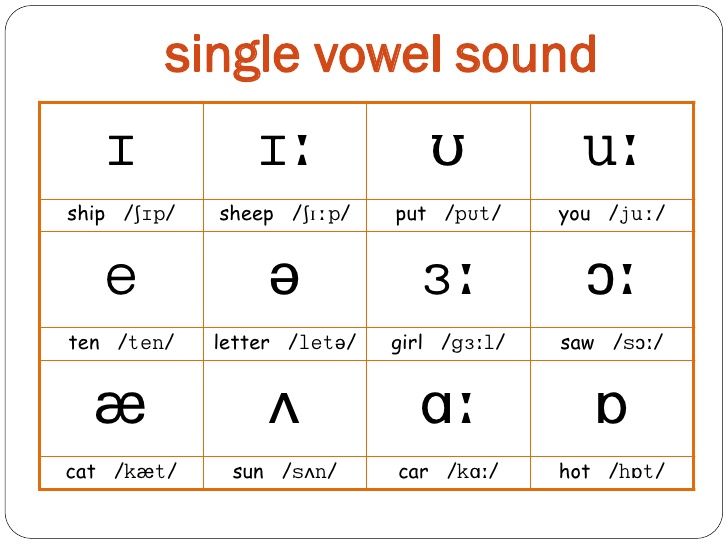 Here are some examples:
Here are some examples:
| | | |
|---|---|---|
| | | |
| | | |
| | | |
Stress in Russian can fall on any of the existing vowel sounds. However, only 4 of them can be unstressed - these are [a], [i], [y] and [s]. In this position, we pronounce sounds weaker than under stress, because of which they can change qualities and sound differently.
Interestingly, the vowels [o] and [e] can only be stressed. There are only a couple of exceptions to this rule: for example, in words cocoa and canoe sounds [o] and [e] in an unstressed position.
How unstressed vowels are related to consonants
How an unstressed vowel sounds depends on the consonant that precedes it. Or rather, from its hardness or softness. If it is a hard consonant, it can be followed by unstressed vowels [y], [a] and [s]. When we talk about a soft consonant, it is followed by unstressed vowels [y] and [and].
| | |
|---|---|
| | |
| | |
| | |
Test yourself
It's time to find out if you now understand well what vowel sounds are in Russian. To do this, we have prepared tasks for self-examination. nine0006
Task 1
List all the vowels in these words:
fair,
rejoice,
doll,
remote,
buddy,
voting,
mirror,
story,
ok,
captivate.
Task 2
Name 5 words each in which the sounds [a], [i], [y] and [s] would be stressed.
Task 3
Name 5 words in which an unstressed vowel would come after a hard consonant, and 5 more words where it would follow a soft consonant.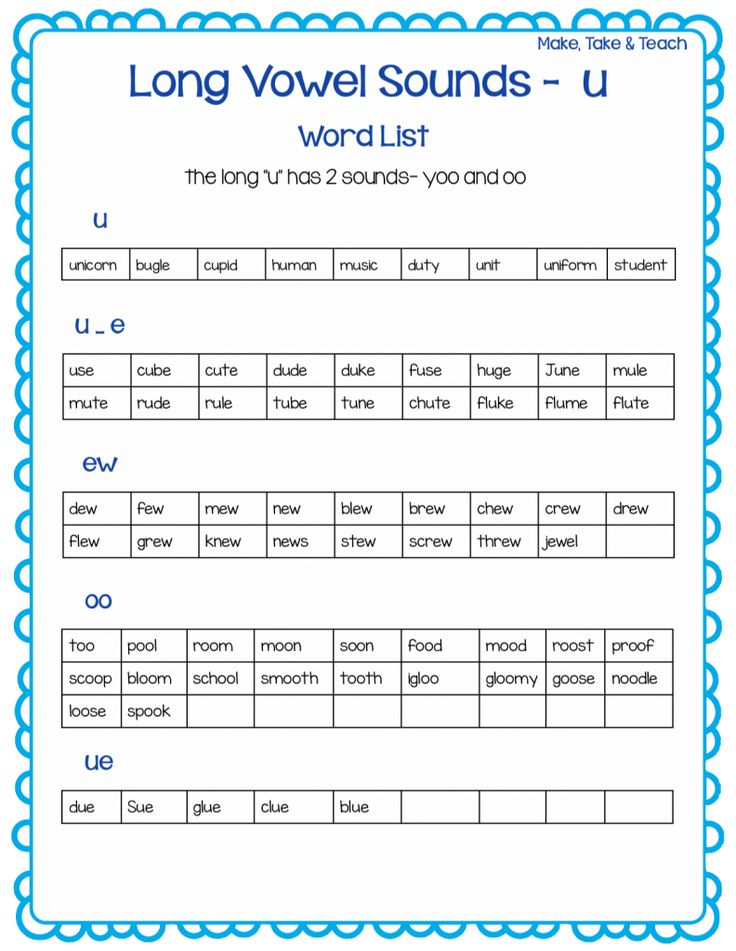
Task 4
Count the number of syllables in the words below (don't forget to use the rule you learned at the beginning of the article!):
-
weightless,
-
sunrise,
-
adventure,
-
painter,
-
perpetuate,
-
nice,
-
image,
-
category,
-
exciting,
-
melting,
-
snowflake.
The rules of phonetics help us to speak correctly, so it is important to master the topic of vowels well and avoid gaps in knowledge.





